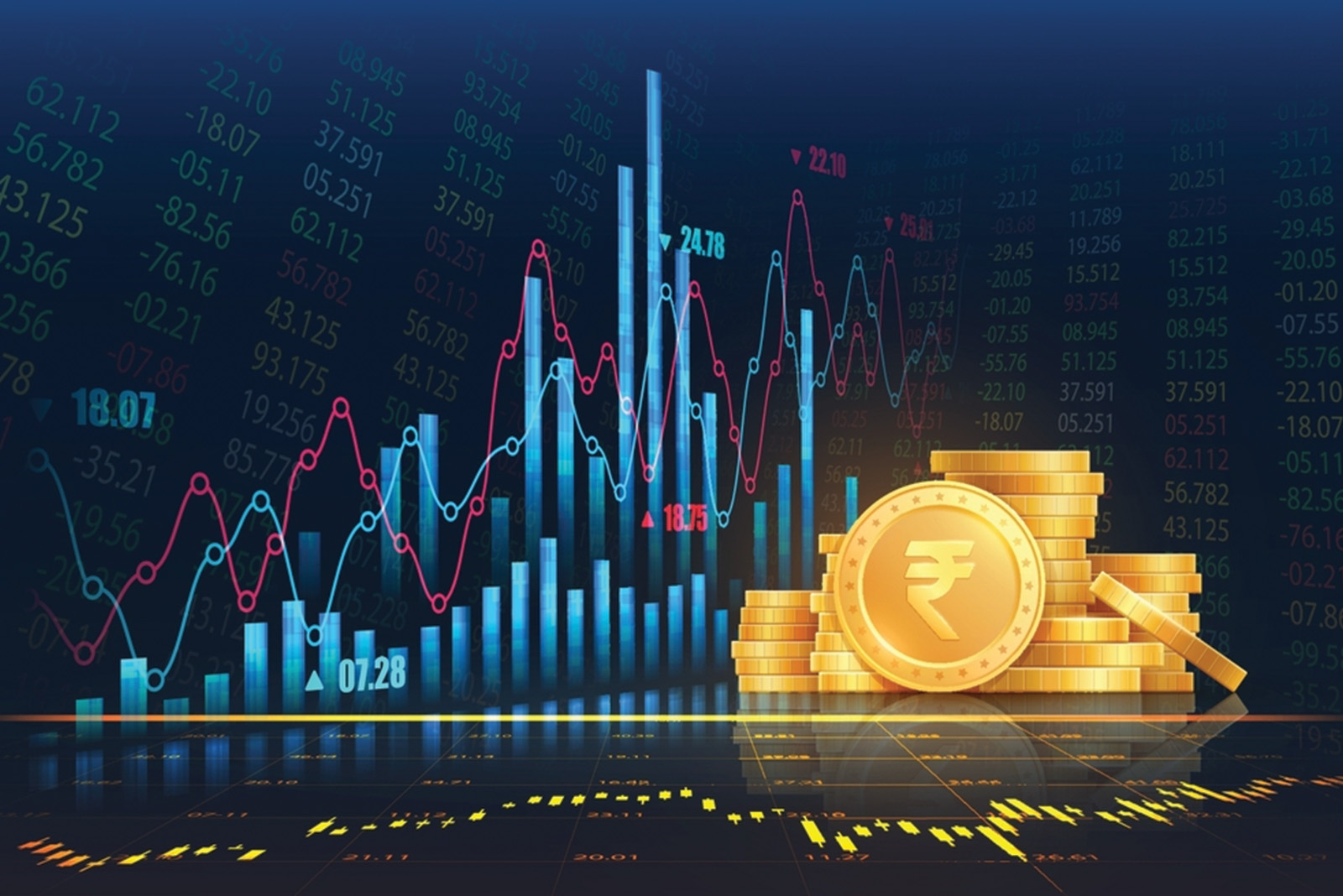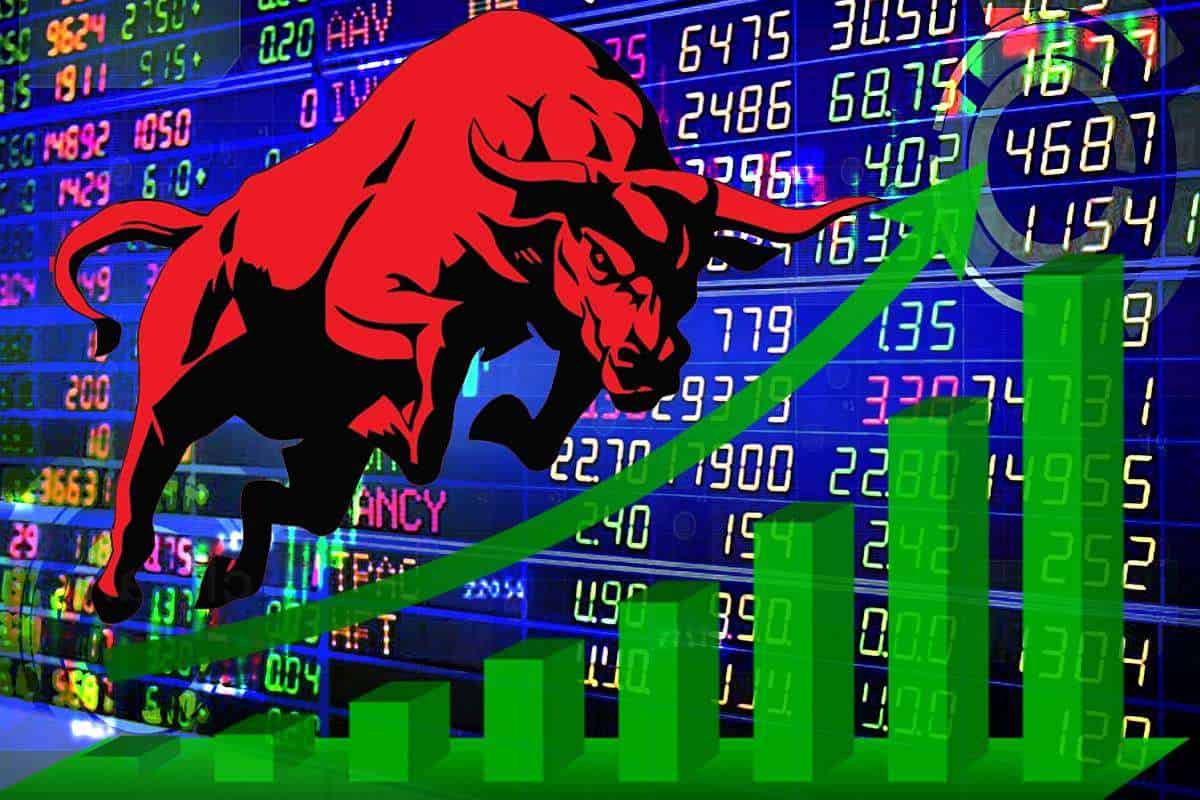Nifty touching the psychological 21,000 mark
What sparked off rally in Indian stocks this week is BJP’s decisive win in assembly elections of three key states, which was a more positive outcome than what the markets were expecting
tock prices are slaves of earnings. And India’s earnings growth is very much on track
Stock markets climbing a new peak may seem scary, but fears of steep correction may not be unfounded. All bull markets climb a wall of worry, but you don’t make money if you get worried and refuse to ride the bull run.
With Nifty touching the psychological 21,000 mark, here are four reasons you should not be fearful about correction:
Continuity of administration
What sparked off the rally in Indian stocks this week was the BJP’s decisive win in the assembly elections of three key states, which was a more positive outcome than what the markets were expecting.
The markets would have shrugged off a worse outcome in the assembly election placing its belief in the fact that voters generally tend to vote differently for central elections compared to state elections. But, the recent win only strengthens BJP’s case further, putting it in pole position for the general elections.
The belief that this administration has been able to navigate the tricky geopolitical situation deftly, and keep India firmly on the growth trajectory while keeping the fiscal position in check has inspired confidence among investors. The continuity of this government thus is inextricably linked to India’s growth story, thus the election outcome has been a key driver.
This rally has legs to run
Stock prices are slaves of earnings. And India’s earnings growth is very much on track. Last week, in an exclusive interview , Morgan Stanley’s Ridham Desai said the earnings are a function of five variables: Investment rate in the economy, government dissaving (deficit), household saving, trade, current account deficit, and dividends.
All these five drivers, he adds, except for government dissaving are all very positive for earnings. Ultimately, this is where earnings come from, not revenues and margins.

Also Read: Cheer on the Street as Nifty hits 21,000; gains 2% for the week
Markets aren’t as expensive as you think
Most investors who think the markets are expensive, usually go with the index levels which do not reflect the ‘true value’ embedded in the market. The ‘value’ in a stock, or the market collectively, is the discounted value of future profits the underlying business is expected to make.
How do you assess this? You can do so by doing something called a reverse discounted cash flow. Simply put, you try and calculate what the current price of a stock is conveying about the profit growth for a company, and then see can achieve this.
A calculation done with data from Bloomberg shows that 20 percent of companies in the Nifty 50 are showing implied growth of over 20 percent. 56 percent of Nifty companies are showing implied growth of 10-19 percent while 22 percent show growth between 1-10 percent.
Desai believes that it is fairly achievable if we look at where we are in the earnings cycle right now. He opines that on a three-four year basis, broad market earnings could compound at 20 percent if the share of profits rises from 5 percent to 8 percent and nominal GDP is doing 10-11 percent.
Foreign investors at decadal low
One can look at this as a glass half full or a glass half empty. Markets eventually regress to mean. Foreign investors were the first ones to push markets to greater heights after the steep correction during COVID-19. This move came on the back of the gush of liquidity that flowed into global equity as central banks around the world, especially the developed markets led by the United States, opened the floodgates with monetary easing and fiscal stimulus.
This took the markets higher across the globe but also fueled inflation. To rein in inflation, the central banks across the world, led by the US Fed had to step on the brakes.
Fed hiking rates to the highest rates in 15 years, led to investors withdrawing money from riskier markets like India to ‘safer’ markets like the United States. If a global investor can get a 5.5 percent rate of return in the US with no risk, why should he or she invest in India? This kind of withdrawal led to a reversal in foreign flows pushing FII holdings to a decadal low.
Expectations are that this could revert to reverse now. If inflation has been put behind as most economists suggest, and rates peak out and start to go down from here, foreign investors will come back into emerging markets like India which will once again lift stock prices. There are risks to this, but the belief is India’s growth story is powerful and therefore foreign investors can not ignore it for too long.











